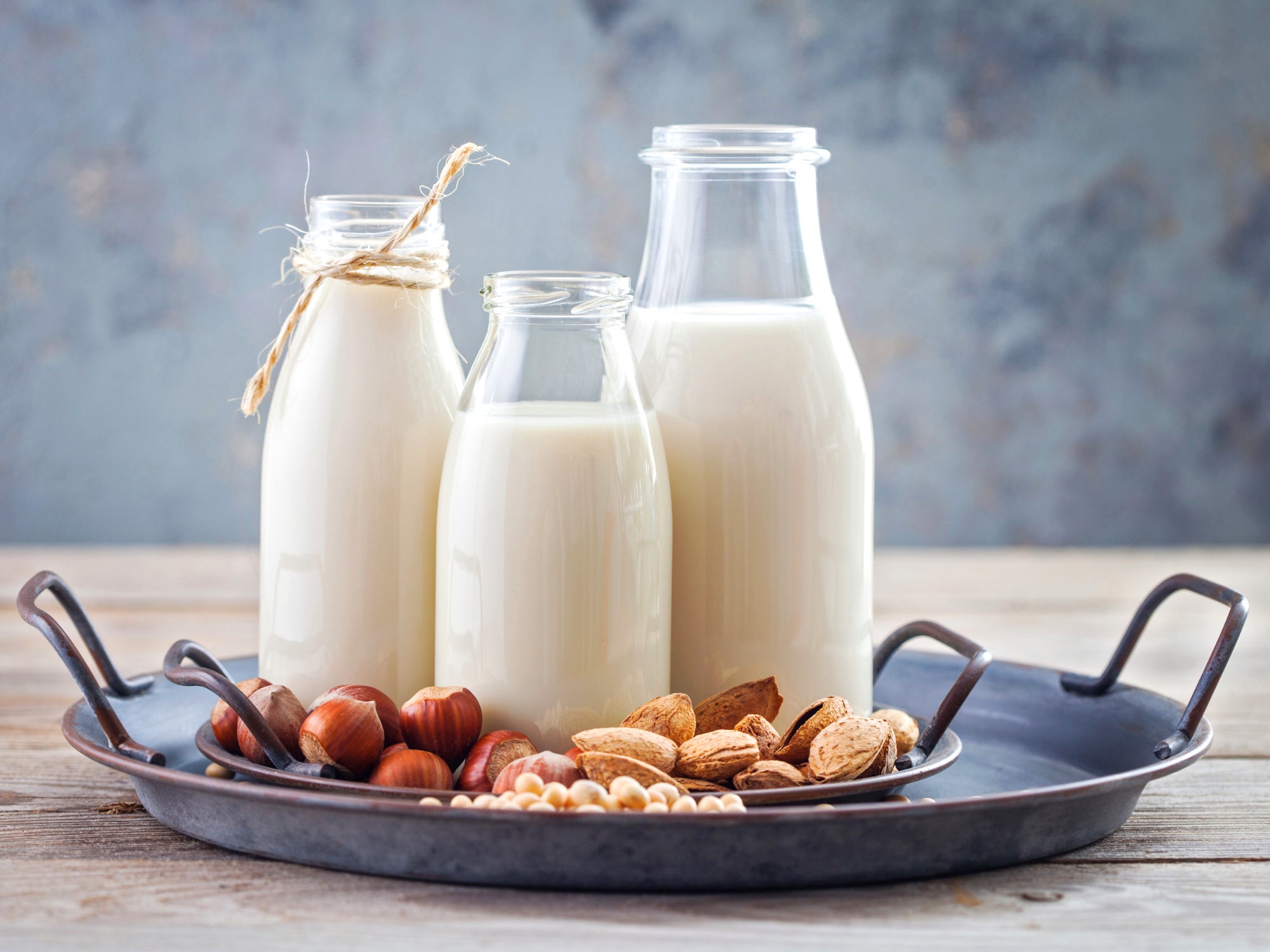
Lactose-free diet: what it is and what to eat
There lactose free diet It is the type of diet necessary for all those people who have a particular sensitivity to lactose, precisely. The lactose It is a particular type of sugar contained in dairy products and their derivatives, composed of glucose and galactose.
In recent years, a real movement has been born, also thanks to Social Media, dedicated to “ free from ” diets: gluten-free, lactose-free, sugar-free… It is always good to remember that these special diets are actually due to pathologies and food intolerances.
But why can't many people take lactose? And what symptoms does this intolerance cause?
Lactose intolerance around the world
According to AILI ( Italian Association of Lacto-Intolerants ), almost half of the Italian population is affected by lactose intolerance . The geographical distribution and physical characteristics of the various populations would have an influence on this particular condition.
In Europe, latitude has an impact, with a very high percentage of individuals affected in the Mediterranean areas, which decreases in the Central European area to become truly residual in the North of the continent.
22% of the American population is lactose intolerant, while China has a very high percentage of children affected by poor lactose digestion.
Diet for lactose intolerant: different degrees of tolerance
There are two degrees of severity of this intolerance, which can be genetic , i.e. structural due to a lack of lactase in the organism, or secondary , because it is induced by particular states of the organism or by other pathologies.
In both cases, you need to pay close attention to your diet and understand if there is a minimum dose that your body can handle without showing the typical negative symptoms.
What are the symptoms ? Abdominal pain, diarrhea, nausea and sometimes headaches, in general everything that can be related to poor digestion and ingestion of an unhealthy substance. They should not be underestimated because in the long run they could lead to malnutrition, dehydration, exhaustion and deficiencies of essential micronutrients .

There lactose free diet It involves initially removing all foods containing this substance from the daily diet, and then gradually reintroducing them to understand if and how much it is possible to ingest.
In case of genetic intolerance, the lactose-free diet is a diet for life, a bit like the gluten free diet for celiacs – although with a slightly lower rate of “severity” of possible symptoms.
On the contrary, if it is a temporary intolerance induced by intestinal diseases or other pathologies, lactose can be gradually reintegrated into the diet, always under medical advice.
What is lactase?
There lactase it is an enzyme, that is, one of those active particles of human digestion that serve to break down compounds into simpler elements. This enzyme, in this case, belongs to the class of hydrolases: in practice, by mixing lactose and water, it is capable of breaking it down, obtaining simple sugars, namely galactose and glucose.
Intolerant people have a deficiency of this enzyme , therefore the mechanism that breaks down sugars "jams", causing several really annoying gastrointestinal disorders.
A lactose-free diet can sometimes be integrated with the ingestion of drinks fortified with lactase or capsules that fill this gap: for short periods, if you are covered by a correct dose of lactase introduced as a supplement, it is possible to consume and correctly digest even foods that contain lactose.
Many of us have an intolerant friend who, before enjoying a good Margherita pizza, takes a lactase capsule!
Lactose-free foods: what to eat and what to avoid
But What foods are allowed and which ones to avoid? on a lactose-free diet?
First of all, we must make a distinction between lactose-free foods because they are naturally free of this substance and lactose-free foods .
A clarification about the latter should be made: they are not, in fact, completely lactose-free, but contain a very minimal percentage that should not trigger negative symptoms.
Obviously, milk, dairy products and dairy products in general should be avoided : butter, fresh cheeses, chocolate, creams, but also milk bread, ice cream and many industrial foods. It is important to read the labels carefully: milk and dairy products are often contained even in unsuspected products, as emulsifiers and to give creaminess.
On the other hand, very mature cheeses, such as Grain which, thanks to its long maturation, does not contain lactose: on the contrary, it should be consumed because it is an excellent source of minerals, such as calcium. Even the Yogurt , thanks to the fermentation process, is often well tolerated, even in the non-lactose version.

Here, vegetable drinks based on soy, rice, oats, almonds and all the foods derived from them, vegetable cream, puddings, creams and much more can come to the rescue.
All other foods, from cereals to vegetables, from fruit to legumes, up to proteins from meat, fish and eggs, can be consumed without any problems, since they are naturally lactose-free.


0 comments